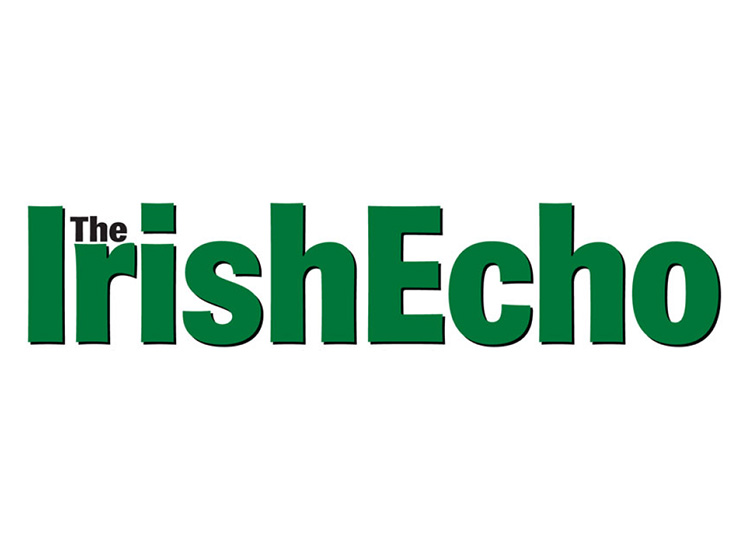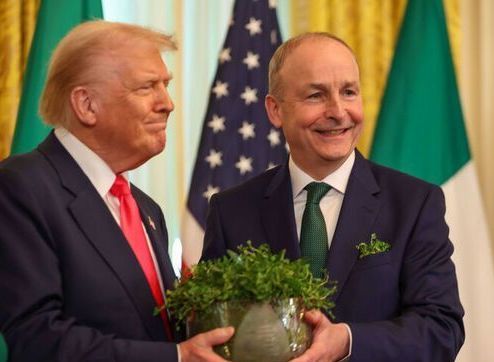He's best known in the New York Irish community as a teacher of dancing, but also has a successful career as an architect, one that he began in his native Dublin after graduation from UCD.
So here's that question for the new president of the Irish Business Organization: What do his two fields of endeavor have in common? "Both are to do with interpreting space," he said, then adding with a laugh: "Dancing is a great way of exploring space.
"They're both to do with structure, similar in terms of choreography, in thought processes," he said.
So that's space. What about time? O'Leary teaches dance classes all over New York, goes to Florida once a month to do the same, travels nationally and internationally to adjudicate in competitions, runs his own dance troupe and organizes the annual New York City Irish Dance Festival on the first Sunday of May at the Irish Arts Center. He also plays traditional Irish music, leads the IBO and holds down that job as an architect.
"You just have to stay very organized," he said
O'Leary worked for two big firms after he relocated to New York in 1996, but in time developed his own practice and that gives him some flexibility with time. He specializes in modern Irish architecture. "High end, but affordable," he said. "I'm always trying to introduce people to the value of good design."
He was involved in the remodeling of the General Post Office in Dublin as a graduate in the early 1990s. It caused a bit of a stir because the statue of C_ Chulainn commemorating the Rising was placed in a front window. Generally, though, the redesign was popular, not least because it allows much more light into the interior. "It's a nicer space to be in," he said. "It's a more pleasant experience standing in line."
O'Leary also has a family connection to the most controversial building in the capital. His father Dan, who is a native of Kilorglin, Co. Kerry, worked as an accountant for most of his career in the Central Bank. That institution's 1975 headquarters, designed by the politically connected Sam Stephenson, caused a storm. "It was unusual for its time," O'Leary said of a structure that also broke some planning laws. But most people have come around, he argued, despite the wind tunnel effect that can be felt at times walking from Dame Street to Temple Bar.
The IBO president can thank his late mother for his dancing career. Jo O'Leary, who came from Abbeyfeale, in County Kerry, near the border with County Limerick, often won the parents' competition at the end of feiseanna. He has a sister, Aideen, now a teacher of Celtic Studies and Celtic Civilization at Aberdeen University, who was also introduced to Irish dancing as a small child. Although she has given it up, her brother said she's quick to point out any mistakes he makes.
"I was doing the dancing before I realized that I liked it and before I realized that I was good it," Niall O'Leary said. He was a national champion at age 10. At 21, he was Dublin, Leinster, All Ireland and world champion.
"Dancing" once meant the local traditional variety, but now salsa and other imports have taken root in Ireland. And in turn, thanks partly to the huge popularity of Riverdance, Irish dancing has been exported around the world. O'Leary has done his bit to spread the word at events in Thailand, Japan, Mexico and other countries.
The United States remains the most important dance outpost beyond Europe. From the 1950s on, courtesy of teachers from Belfast, the scene in









